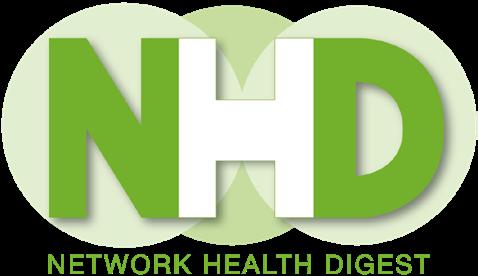
3 minute read
Dietitian's Life
In the first wave of the COVID-19 pandemic, a number of my dietitian colleagues were redeployed from their usual roles to work as healthcare assistants.
They were redeployed to help the hospital cope with the high amount of virus-positive patients needing care. Many of the dietitians took on nutrition roles and used the time to understand and reflect on how the wards manage patients’ nutritional requirements and how the requests from dietitians are carried out.
Advertisement
My colleague, Clare, was redeployed to a renal ward caring for COVID patients and she shared some of her experiences with me. She told me that there were three main nutrition issues highlighted by many of the redeployed dietitians:
1 FOOD CHARTS
These are an essential tool for dietitians so we can assess food intake against nutritional requirements and make recommendations. Clare reported how difficult it was to fill out the charts, as food trays would be cleared before she was able to return to see how much had been eaten. She felt that the current food diaries were ineffective and could see why they were often not filled in with so many other jobs to do on the ward. One ward had a good system where they kept the filled-out menus on the tray and when it was cleared, the staff would mark on the menu how much was eaten, then keep the menu to complete the chart later.
2 MOUTH CARE
One of the side effects of COVID-19 is difficulty breathing, leading to open mouth breathing, which dries the mouth. Dry mouth and hardened mucous affects food intake and patient comfort. This was an important role for Clare while helping on the ward, assisting with teeth brushing and mouth swabbing for comfort. This begs the question, should dietitians take a more active role in assessing mouth care and ensuring mouth comfort?
3 PATIENT SNACKS
Snacks can be useful to increase a patient’s calorie intake between meals. Due to several issues including no ownership of the role of feeding between meals and multiple processes for the ordering of snacks and drinks to the ward; the distribution of snacks was inconsistent. This issue does need to be addressed with more dietitian-toward liaison. Could dietetic departments instruct the ward housekeeper on which patients require snacks and provide more training? Could the snacks, hot drinks, milkshakes and supplements be given out at the same time as the tea/coffee rounds between meals?
We must remember that this was a very stressful time for hospital wards, with staff working in different locations out of their comfort zone. Nevertheless, the experience has given some valuable lessons to learn in helping improve the nutritional care of patients on the ward.
I asked Clare if she would ever go back to work as a healthcare assistant. She said that she was glad of the experience, but was also very glad to be back in her usual role as a dietitian!
Louise Robertson RD
Louise is an experienced NHS dietitian who has been specialising in the fascinating area of Inherited Metabolic Disorders in adults for the last 10 years. In her spare time she enjoys running her blog Dietitian’s Life with her colleague and good friend Sarah Howe, playing the cello and keeping up with her two little girls!
www.dietitianslife.com
dietitians_life
louisedietitian

COMING IN THE MARCH 2021 ISSUE:
• Paediatric food allergy & weaning • Tube/nasogastric feeding • Malnutrition & undernutrition • Diabetes Types 1 & 2 • Low FODMAPs • High cholesterol management • Nutrition & Hydration Week • Resources & advice for students ---------









